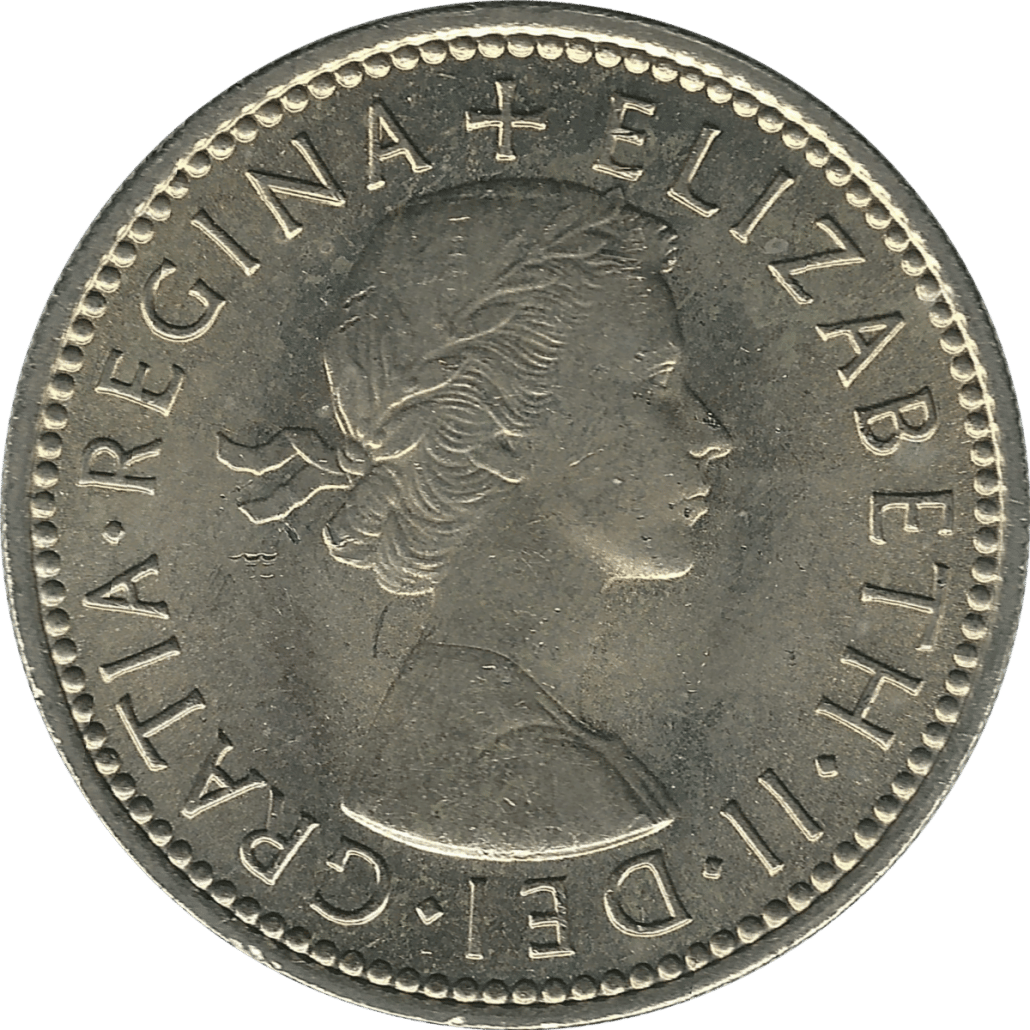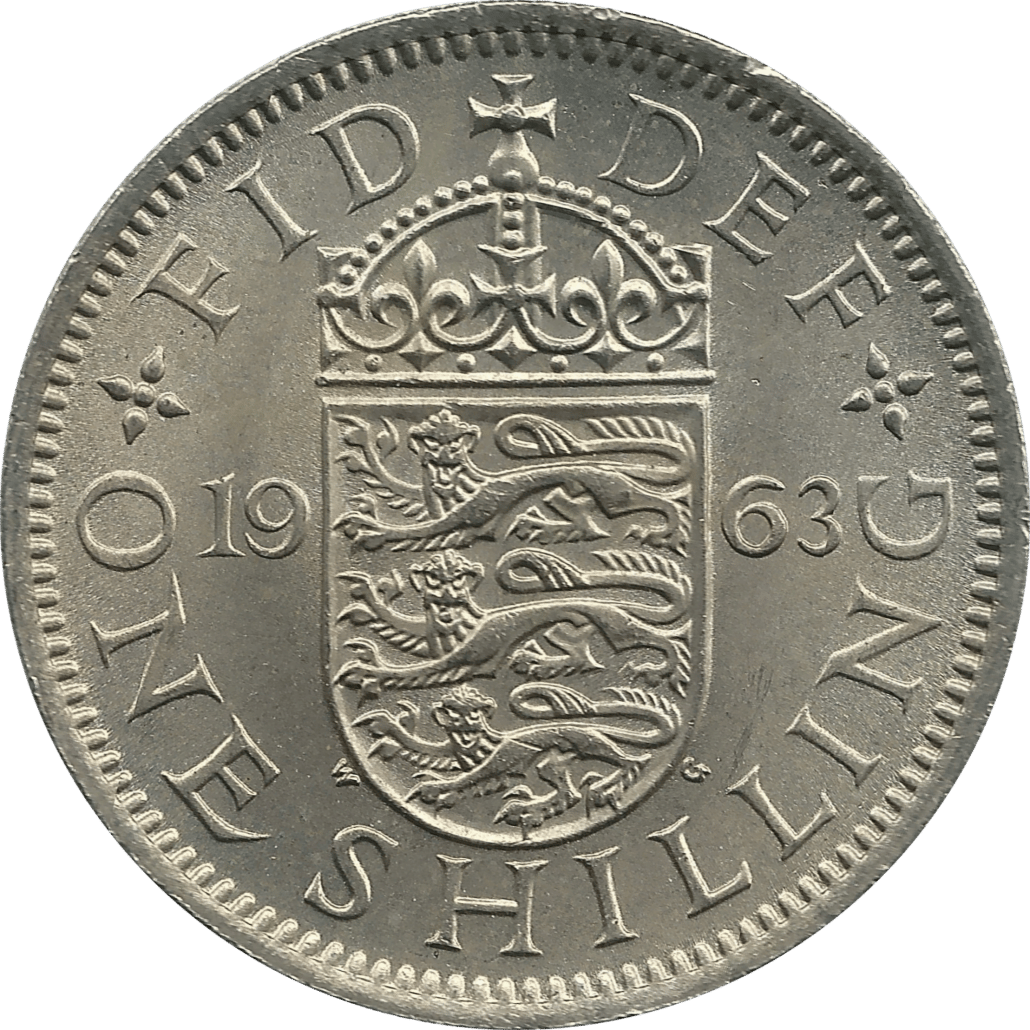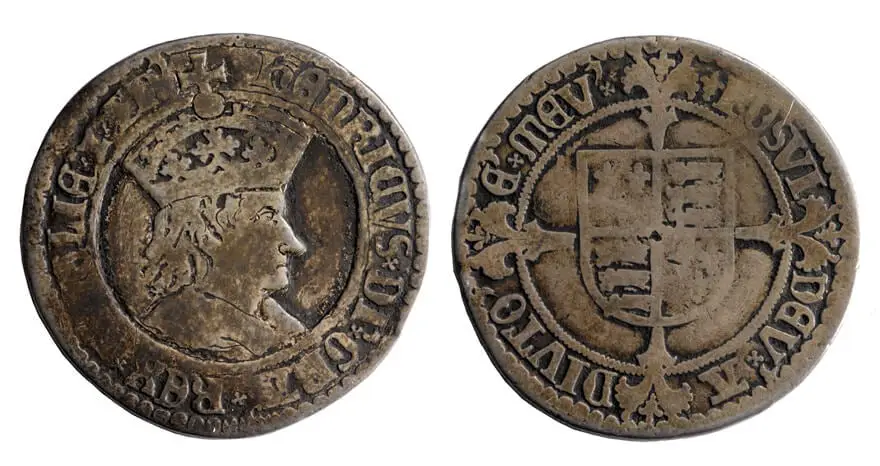The shilling, a unit of currency that was once widely used throughout Europe, is a form of money with a history as rich and varied as the nations it once served. In this comprehensive expose, we delve into the question: “What is a shilling?“, tracing its evolution from Anglo-Saxon times to the decimalisation era of the UK’s financial history.
The Shilling in a Nutshell
Colloquially referred to as a ‘bob,’ the shilling was a coin used extensively within the UK and its colonies. It was equivalent to 12 old pence, and there were 20 shillings to a pound. Although people phased it out during decimalization, discussions about monetary systems and economic history still hold relevance to the shilling’s rich history.
The Shilling as a Unit of Account
The history of the shilling extends far beyond its incarnation as a physical coin. From the time of the Anglo-Saxons, people utilized the shilling as a unit of account, a value used in calculations without a corresponding coin. Its value eventually standardized to 12 pence, and there were 20 shillings in a pound. The Domesday Book traces this unit of account back, providing insight into the economic systems of medieval England.
The First Physical Shillings
The first iterations of the shilling as physical currency emerged in the early 16th century, during the reign of Henry VII. These early coins, known as ‘testoons’, were incredibly rare and considered more as experimental or presentation pieces. It was only in the mid-16th century, during the reign of Henry VIII, that testoons became a regular part of the circulating coinage. These coins bore a realistic portrait of the monarch, a break from the stylised representations of previous centuries.
Popularity of the Shilling
Over the centuries, the shilling carved a niche for itself as a highly popular coin. Its convenient size and value made it a mainstay of the silver circulation. Such was the popularity of the shilling that the 19th century saw more shillings minted than any other silver denomination. Despite the advent of decimalization, the shilling remained in heavy demand, with approximately 1000 million in circulation as the UK geared up for the switch to a decimal system.
The Shilling and Decimalisation
The advent of decimalization in 1971 marked a significant transition for the UK’s monetary system. Despite this, the shilling managed to survive the change. The introduction of the new decimal 5p piece retained the weight and diameter of the old shilling, allowing authorities to keep existing shillings in circulation and re-denominate them as 5p pieces. However, the smaller 5p piece was introduced in 1990, and all earlier 5p coins were demonetized at the end of the same year, finally bringing an end to the active life of the shilling
Shilling in Literature and Culture
The shilling, like the gold sovereign, was a coin that generated an emotional connection with people. Its frequent appearance in literature and its usage as a talisman for good luck in ships, along with its role as the ‘King’s Shilling’ in military recruitment, all point towards its special popularity. Its nickname, ‘bob’, although of unknown origin, further attests to the fondness with which it was regarded.
The Shilling’s Survival Post Decimalisation
Despite the advent of decimalization, the shilling managed to survive in a real sense. The decimal system included a new 5p piece, serving as an exact counterpart to the shilling. This new decimal coin retained the weight and diameter of the old shilling, and authorities allowed shillings dating back to 1816 to continue circulating as 5p pieces. However, the introduction of the small 5p piece in 1990 and the demonetization of all earlier 5p coins at the end of December 1990 brought an end to the active life of the shilling.
Winter Shortages of Shillings
An interesting aspect of the shilling’s history was the recurring winter shortages as a significant number of coins got locked up in gas and electricity meters. Despite efforts to encourage the circulation of shillings, these shortages persisted, perhaps contributing to the transition towards decimalization.
The Shilling Today
Today, the shilling is no longer in active circulation, but it remains a significant part of UK’s rich monetary history. Its legacy continues to be a topic of interest for numismatists (coin collectors) and economic historians alike. Additionally, shillings, especially those in good condition or from particular years, can be of considerable value to collectors.


Conclusion
The question, “What is a shilling?”, may seem simple, but as we’ve discovered, the answer is anything but. The shilling’s journey from a unit of account in the Anglo-Saxon era, to a widely circulated coin, and finally to a historical artefact, is a testament to the dynamic and evolving nature of money. Even though shillings no longer jingle in our pockets or weigh down our wallets, understanding their history provides invaluable insights into the economic and social history of the UK and its former colonies.

